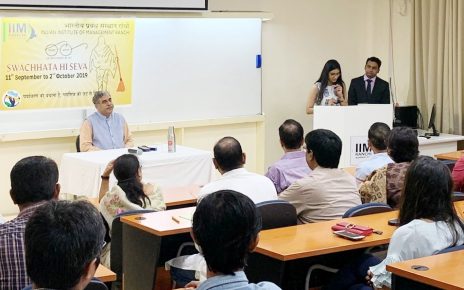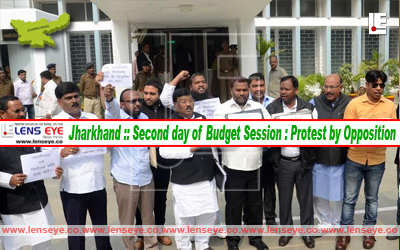Study released by Quest Alliance revealed a huge gender gap in access to mobile phones and its usage.
– 51 % of the students, spent less than an hour per day on their mobile phones if their household had only one mobile phone Ranchi,
18 May 2022: Various studies have pointed out that there is a digital divide among students in accessing online classes based on their socio-economic status, however a study conducted by Quest Alliance, a non-profit, reveals that there is also a huge gender gap in access to mobile phones and its usage. The study titled, “Understanding mobile learning behaviour of adolescent girls during the COVID 19 pandemic” was released at a press meet held on Wednesday. The responses of as many as 500 adolescent girls in middle and high schools across three states (Jharkhand, Bihar and Gujarat) were sought for the purpose of this study. The study noted there was a visible correlation between the number of mobile phones available in a household and the time that adolescent girls got to spend online. The press meet was conducted during the “State of Adolescents in Jharkhand” event which is a collaborative initiative by Quest Alliance, Sampoorna Consortium and 10to19 Dasra Adolescents Collaborative.
For instance, in Jharkhand majority of the adolescent girls – 51 % of them, spent less than an hour per day on their mobile phones if their household had only one mobile phone. However, if the household had two mobile phones, then 83 % of the adolescent girls spent between one or two hours per day. Deepika Singh, Associate Director, Schools Programme said, “With an increase in the number of mobiles in the household, adolescent girls tend to spend more time on mobile. It is seen that in households with one mobile device, boys get preference to attend online classes over girls.”
Meanwhile, another survey titled, “Mapping Women ITIs in Jharkhand” was also released at the event. The survey revealed that 62 % of the total 556 sanctioned seats across 13 women ITIs were filled. While one of the ITIs had 100 % of their seats filled, another ITI had only 16.7 % of their seats filled . There has been a low demand in many women ITIs and many state governments are converting many of the ITIs into co-ed ITIs to increase student enrollments. Many students during the pandemic were forced to join the workforce and could not invest time to complete an ITI programme as their livelihoods were severely aected. Quest Alliance plans to work with the State government and work in a few women ITIs to improve their employability skills and facilitate their placements. This in turn would lead to demand for admissions in ITIs. Sushant Pathak, Program Manager, Jharkhand, Quest Alliance said, “Through our project, we want to increase the enrollment in women ITIs. We also want to conduct leadership workshops for women ITI principals and provide placement support and increase industry engagement in ITIs.”




